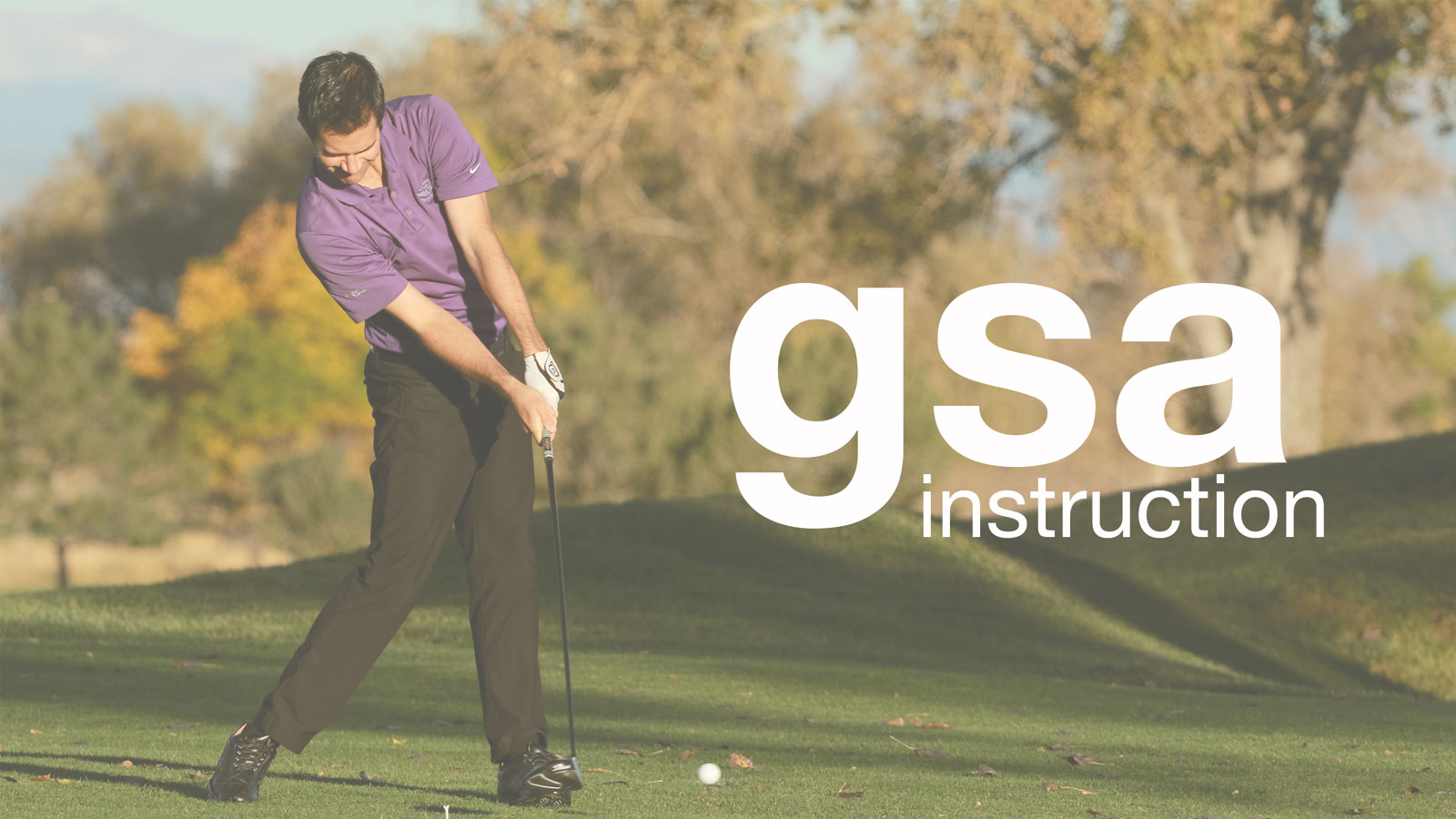Subscribe now to watch the full video.
If you haven't read the article, check it out. http://online.wsj.com/articles/are-pro-golfers-too-bulked-up-1408147800
With my background and experience, I get asked all the time about about certain golfer's fitness programs. For a long time it was Tiger. More recently it has been Rory. But golfers have an obsessive nature and are always looking for an edge. It seems like since Tiger turned pro in the mid 90's the gym has been one of those places where an advantage can be had. But are all workouts created equally?
In this article, the author discusses some of the more golf injuries - such as: Tiger, Michelle Wie's past, Jason Duffner and Matt Kuchar. And it leads to the logical question, are golfers spending too much time in the gym, working out the wrong ways, or why are golfers getting injured?
I want to cover three things you should think about when laying out your golf fitness plan.
One of my friends, Ali Gilbert, loves to point out that there are NO GOLF MUSCLES. You heard me. We can market all we want that we will help strengthen your golf muscles, but really, there are none. Fitness for a golfer is about creating better movement throughout the body and creating a proper level of foundation for the skills of golf. For an athlete, it's important that the competition not be the most physically demanding activity that they participate in all week. Rather, we train in the gym to make it easier. If you sit in a chair all weak and then run a mile on Saturday, the run will be difficult. If you normally run 15 miles during the week, then run a single mile on Saturday, that run will be easy. To help golfers we need to take the movements of the golf swing, and break it down into trainable chunks (or movement capabilities), and improve those chunks in the gym.
Can you still get hurt doing the right things?
One other area to consider is recovery. You can only push things are hard as your body can recover. So, if you were on the edge of your body's capabilities, and then you add some extra gym time, you could be pushing yourself over the edge and toward injury. It's important to recognize that all stress adds up. And one way to allow yourself to train harder is to have a plan for recovery. Drinking half your body weight in ounces in water each day, eating healthy foods, getting to sleep before 10:30, can all help a golfer handle the physical demands of the sport. But let's talk about one specifically. The nutrition piece.
I was listening to a nutritional talk, and the Doctor was discussing ligament integrity and basically said, "if you want to build weak ligaments, build them out of refined sugar and vegetable oil." Essentially, in the last 50 years, our food has gotten less nutrient dense, but protein has become readily available. This combo causes big muscles and weak joint integrity. If I wanted to create a recipe for injury, this would probably be a big part of my plan. Do your research on healthy eating, and make sure to consume enough of the resources you need to build a sound mind and body, not just protein for muscle.
Lastly, let's talk about one trend that I've seen ruin more golfers than any other fitness crazy. Insanity. It's one of the cousins of the P90X family, and it focusses on lots of plyometrics (power) but creates pretty big imbalances in shoulder and hip movements when compared to the needs of golf. I'm not saying it's a bad program, but for golf, I think it can do almost as much harm as good. I have seen about a dozen cases of swings getting significantly worse, over a short period of time, where nothing was introduced other than this program. If you are going to take a shotgun approach, I would prefer Yoga as a starter program, but if you really care about your game, find someone in your area who has a training in functional movement and can do an assessment and design a customized plan for your needs.
In summary, here are a couple key takeaways, build a foundation of good movement with ample flexibility and stability before going after power training. Recovery is just as important as stress if you want growth. Make sure your diet and lifestyle are in place to support extra stress from working out. Food alone may not be enough these days. Finally, stay away from Insanity and other such programs that create hip and shoulder imbalances. They may help you shred body fat, but you might gain it back at the 19th hole as your game takes a step backward.
Tags: Intermediate
